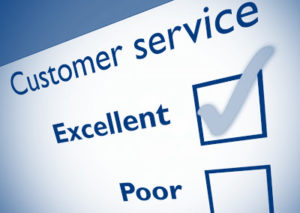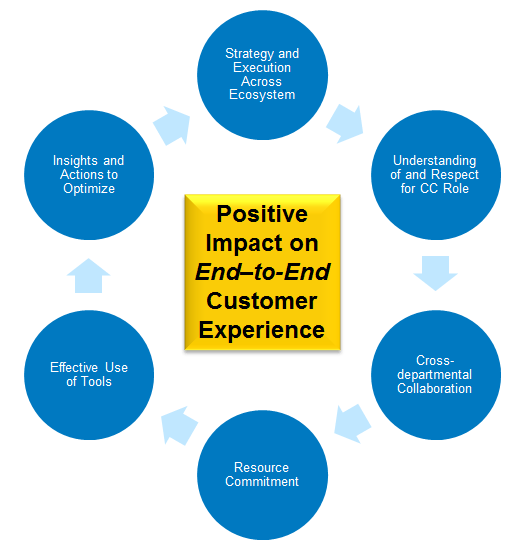 I’m pretty sure, regardless of the size of your center or company, you seek to deliver a great customer experience. And I’m willing to bet your customers have a choice of channels. Unfortunately, I’m almost nearly as confident that your customers sometimes feel pain from their inability to easily cross channels and achieve the coveted “first contact resolution.” Perhaps employees struggle when they lack visibility into customer activity, can’t get to the right information to solve a problem, or must convey the dreaded “someone will get back to you.” Leadership notices when the compromised customer experience jeopardizes revenue, escalates costs, or tarnishes the corporate reputation.
I’m pretty sure, regardless of the size of your center or company, you seek to deliver a great customer experience. And I’m willing to bet your customers have a choice of channels. Unfortunately, I’m almost nearly as confident that your customers sometimes feel pain from their inability to easily cross channels and achieve the coveted “first contact resolution.” Perhaps employees struggle when they lack visibility into customer activity, can’t get to the right information to solve a problem, or must convey the dreaded “someone will get back to you.” Leadership notices when the compromised customer experience jeopardizes revenue, escalates costs, or tarnishes the corporate reputation.
Of course, we encourage centers of all sizes to seek the best outcome for their company and their customers, but if you have a small center, these universal challenges may seem especially daunting. The good news is small centers may be in a better position to tackle the issues given the shorter path to senior leaders who can work together and plan for technology and the resources to succeed.
A good place to start your case for investment is to go on a little journey of discovery. It’s the first step to building greater awareness of the contact center role and interdependency with so many other parts of the corporate ecosystem.
Catalog the ways interdepartmental cooperation impacts the customer, the center, and the company. The trendy “customer journey” concept can help expose the roles various channels and departments play. Look at who owns which channels, what triggers an interaction, what is required from back-office groups, and how the contact center sits in the middle of all this activity. Map out the end-to-end path for the most typical activities. Outline what’s working for all and why. Then take a stab at identifying what is broken, the magnitude of the problem, and the likely bottom line impact expressed as lost (or jeopardized) revenue, customer compensation to salvage relationships, and incremental customer service costs. Include use cases (complete with call recordings, where possible!) to punctuate the need for resolution, give a voice to the problem, and gain executive attention. Use this information as the clarion call to get a spirited conversation started about changing the way the company delivers on its service excellence promises.
Once you have the right players’ attention, cast your vision for a strategy that delivers an integrated customer experience, not just a bunch of channels and touchpoints. This strategy should contemplate cross-channel interaction with movement from one to another, as well as follow up and closure when resolution requires fulfillment, research, or other actions from back office departments.
For limited resources and budget dollars to be directed at technology that improves the customer experience, you’ll need to get everyone on the same page with respect to priorities and action plans. Executive leadership is a key to success to emphasize the importance of this collaborative effort and the focus on the customer.
Keep in mind that perfection can be the enemy of progress. The goal is to make continuous improvements in the customer experience while adjusting strategy, investments, processes, and working relationships along the way. Forward movement that contemplates future needs makes far more sense than a frustrated collective stuck in analysis paralysis. Make educated assessments, and then move on. As the following figure shows, a “circle of progress” continues with ongoing optimization and updates to strategy and execution.

Collaboration with colleagues outside the contact center’s span of control is essential to defining and pursuing the initiatives that have the most potential to positively impact the customer experience and the related operational and financial outcomes. While it’s never easy, it may be easier for smaller organizations. A little effort can go a long way toward creating awareness of the opportunities to leverage technology across departments for the good of the company and its customers.
